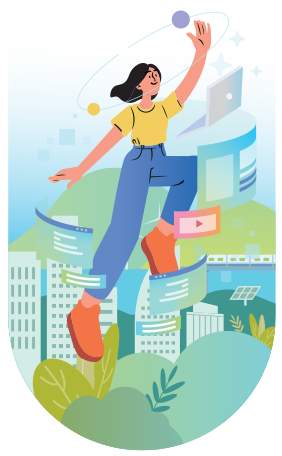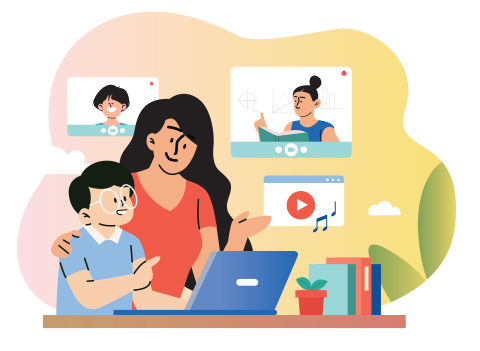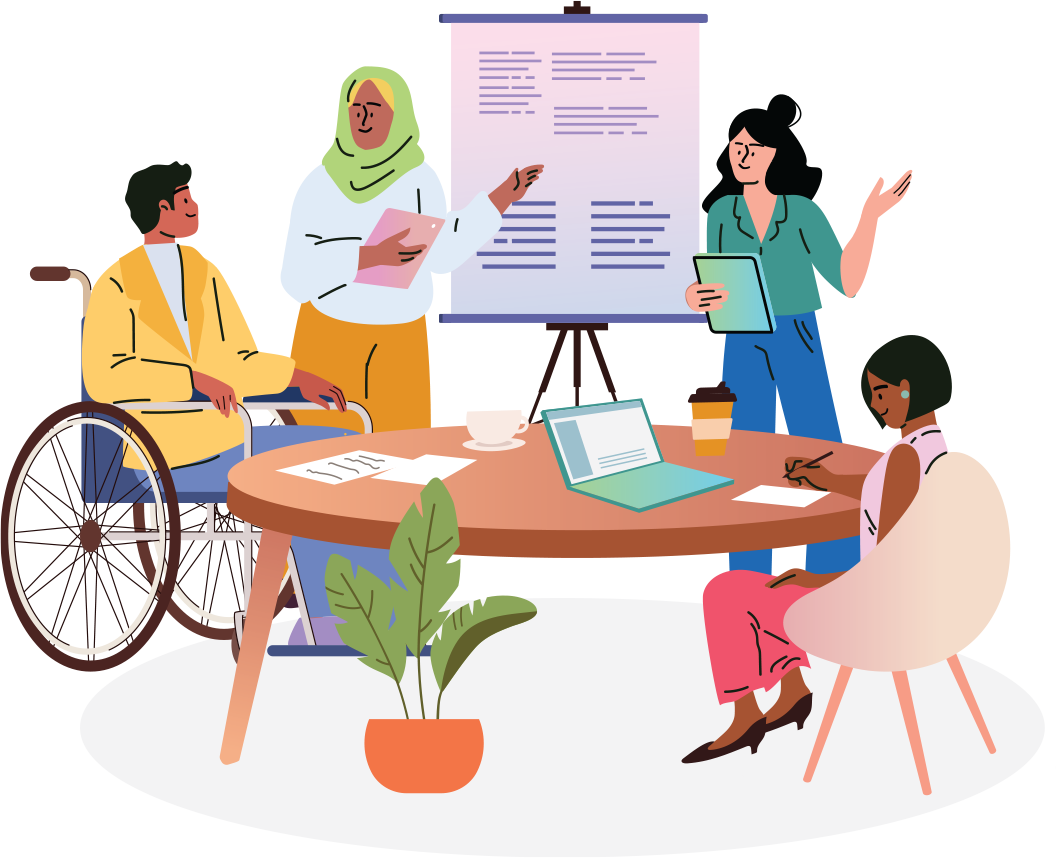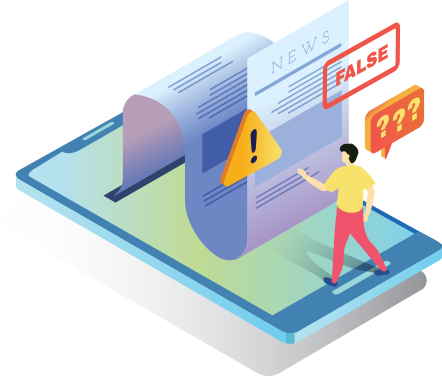Misuse of technology can affect the lives of anyone we know, including ourselves. However, by advocating for and practicing safe and responsible use of technology, everyone can contribute to a Tech Safe Space.



Inclusivity in Technology
Despite the notable increase in internet accessibility across Southeast Asia, a stark digital divide remains, limiting access and opportunities for many. Particularly striking is the underrepresentation of women, who account for only 35% of the technology workforce in the region.
Additionally, technology-facilitated gender-based violence has surged in recent years, posing substantial threats to women's safety and well-being both online and offline. This highlights the urgent need to safeguard and promote women's rights in the digital age.

Human Rights and Freedom of Expression
The threats posed by technology extend to human rights and freedom of expression. Instances of online censorship, where authorities restrict access to information or stifle dissenting voices, highlight the need to safeguard internet freedom and combat censorship and the persecution of journalists and media professionals.
According to Article 19 of the Universal Declaration of Human Rights, everyone has the right to freedom of opinion and expression; this right includes freedom to hold opinions without interference and to seek, receive and impart information and ideas through any media and regardless of frontiers."

Disinformation and Misinformation
Misinformation is the unintentional spread of inaccurate information. While disinformation is the intentional spread of deceptive and harmful information. Both can be spread by various actors and have serious consequences, including:
-Undermining human rights,
-Disrupting public policies,
-And escalating tensions during crises or conflicts
Watch this animated video from the Tech Safe Space Campaign designed by UNODC to raise awareness about the safe and responsible use of technology in Southeast Asia.